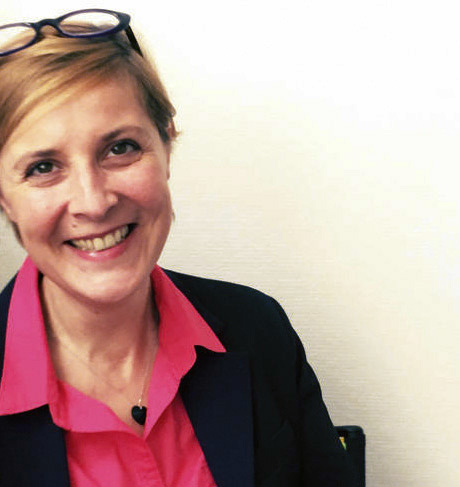The prints by the artist, who would be celebrating her 100th birthday this year, were acquired by the Foundation in 2011. She had hand-picked nearly all the images herself, apart from twenty or so chosen by her daughter, and considered them to be her...



